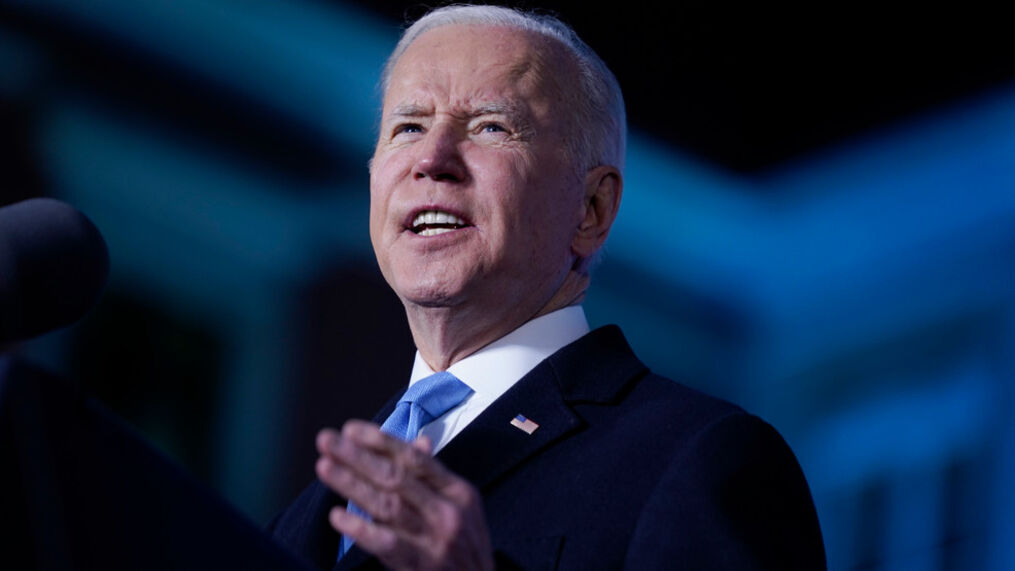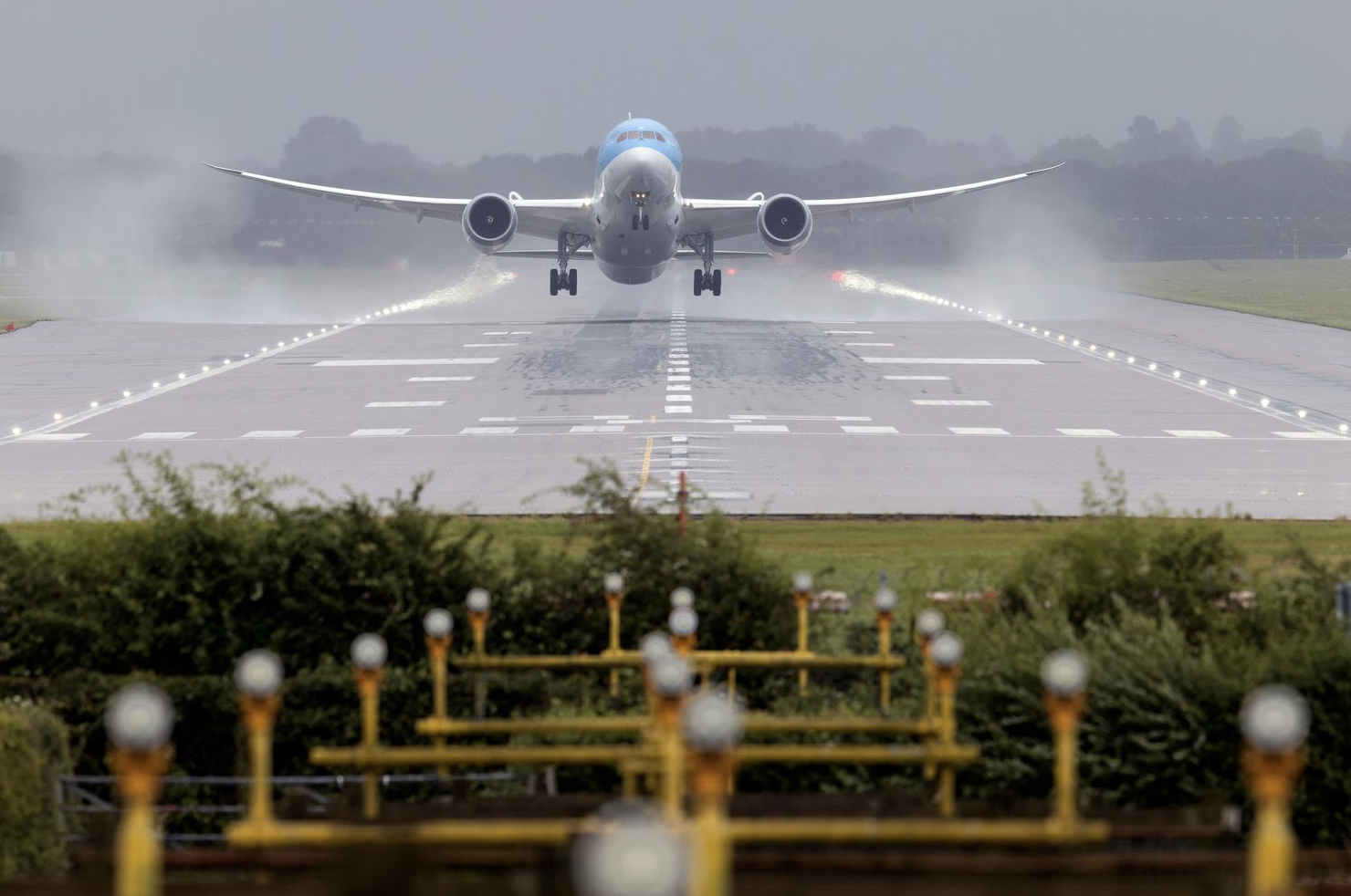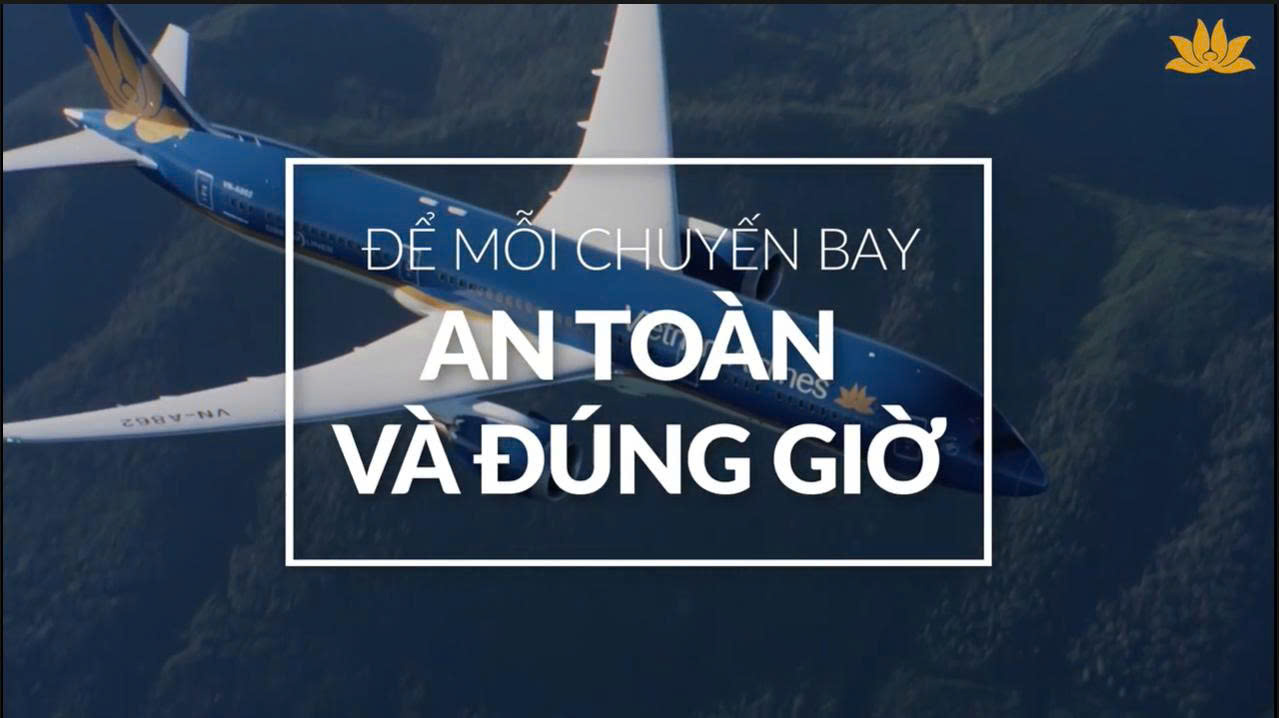While speaking at POET Bioprocessing, President Joe Biden (POTUS) said, “I’ve set a goal of zero-carbon for aviation sector, for example, by 2050. I’ve spoken with the leading heads of all major airlines. It’s going to require billions of gallons of sustainable aviation fuel. And you simply can’t get to net zero by 2050 without biofuels.”
US airlines onboard
While speaking at the event, President Biden quoted CEOs of major US airlines to support his take on the effectiveness of SAF. POTUS stated that the CEO of American Airlines said, “Sustainable aviation is the cornerstone of our strategy.” The President also referred to a statement by the CEO of United Airlines where he hailed the first biofuel-powered flight as “a significant milestone for our efforts to decarbonize our industry.”

It is heartening to see policymakers consult with essential stakeholders in the industry about the issue of decarbonization. Both airlines are looking to increase the use of SAF in their operations. United Airlines has already conducted a successful passenger flight using 100% SAF, while American Airlines has committed to buying 16 million gallons of SAF per year from 2024.
SAFs are key for net zero
As lawmakers around the world are drafting stricter emissions regulations, affected industries are desperately looking for ways to curb their carbon footprint. However, compliance with emission norms may not be the only reason why airlines appear so keen to adopt sustainability initiatives.
As the general population becomes increasingly aware and concerned about issues relating to the environment, travelers are more likely to choose environmentally friendly carriers over other options. Even if that means paying more for a ticket. One way to make a significant difference in cutting emissions is by using sustainable aviation fuel.
It’s no secret that promoters of SAF have significantly risen in recent years. Over the last few months, we have seen many airlines place massive orders for the commodity and commit to extensive research dedicated to exploring new options. But we need more options for there to be a sizeable cut in emissions.

As it stands, airlines are left with just two ways to be more environmentally friendly- using SAFs or inducting new and more efficient aircraft into their fleet. Take almost any airline’s climate action plan for example, and one quickly realizes these are the only two things any carrier plans on doing. While other ways to decrease waste exist (like better route planning algorithms and cutting operational waste), they only account for a small percentage of savings. Of course, every little bit helps, but if all concerned parties are serious about cutting emissions, alternatives like hydrogen fuels and electric propulsion must be seriously considered.
Cre: Simple Flying
Nguyen Mai Huong-COMM










